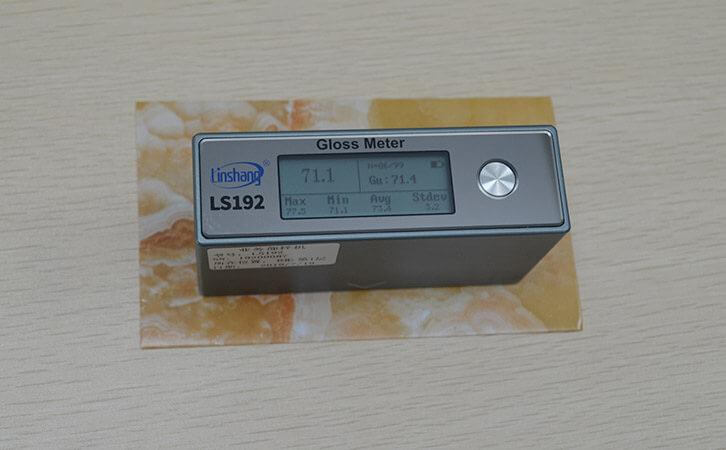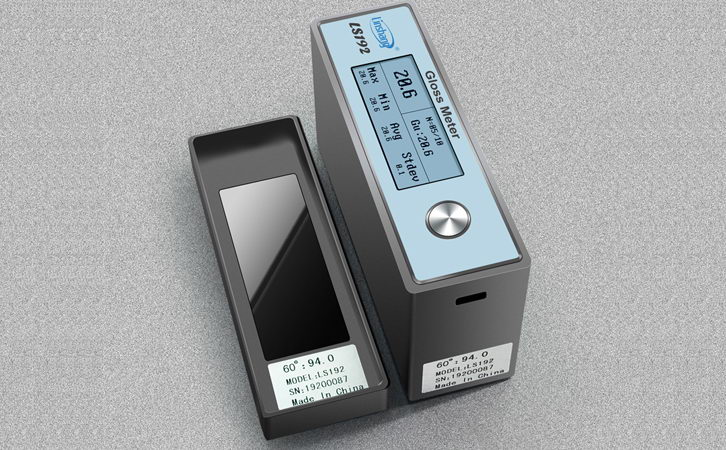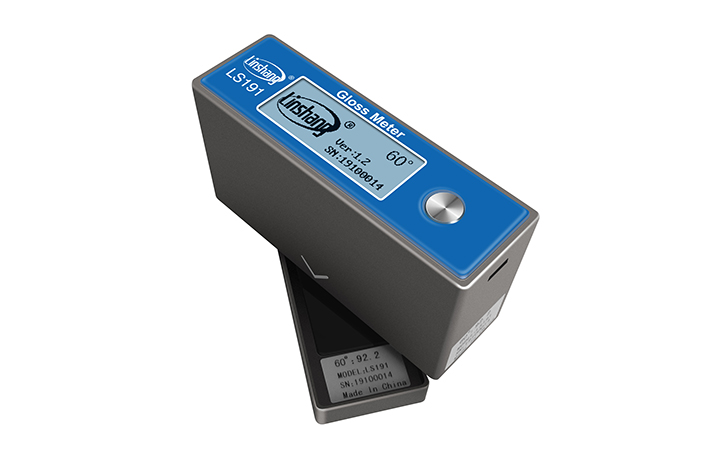Surface Gloss Meter | How to Select Gloss Measurement Angle?
Depending on the type of material, surface gloss meters with different measurement angles such as 60°, 20°, 85°, 45°and 75°can be selected. So how do you judge what angle to use under what circumstances? Let's take a look at the knowledge of the surface gloss meter angle choice.
Gloss can generally be divided into three ranges: low gloss, semi-gloss and high gloss. For high-gloss materials, we generally use 20° surface gloss meter. For low-gloss materials, we generally use 85° surface gloss meter. As for some paper-specific industries, we generally choose 45° or 75° surface gloss meter.
1. How do we choose the right surface gloss meter?
All light sources are reflected from the surface of the material being measured and the level of reflected light is called the gloss value of the object surface. Gloss values are usually measured in units of "GU". The gloss value of the black glass standard board is represented by 100 GU. The low gloss, semi-gloss and high gloss are measured by the black glass standard.
Most materials can be measured using a universal 60° surface gloss meter. When measured with a 60°surface gloss meter,the gloss of the test object can be called semi-gloss if the measurement is between 10 and 70 GU. Then, when choosing a surface gloss meter, the 60 degree angle measurement is basically used.If the measurement does not exceed 10GU,then the measured object is defined as low gloss, then we can use the 85°surface gloss meter. If the measurement exceeds 70 GU, the measured object is defined as a high-gloss product and 20° surface gloss meter can be used.
2. Linshang 60 degree gloss meter
Linshang portable surface gloss meters can be used for the surface gloss test of paints, coatings, inks, plastics, paper, tiles, ceramics, stone, metal and electroplated products. It is a 60 degree angle gloss meter with measurement range up to 1000GU. The test data can be comparable to the German BYK gloss tester.
● Self-diagnosis function
● Smart statistics
● Temperature compensation
● PC software
● Temperature compensation
● Smart statistics
Simply put, if you don't know the gloss characteristics of the material, you can use a 60° surface gloss meter and then judge the application of other angles based on the test results. However, the 60° gloss meter is very versatile and can be used to measure paints, coatings, inks, plastics, ceramics, stone, metal and plating.


